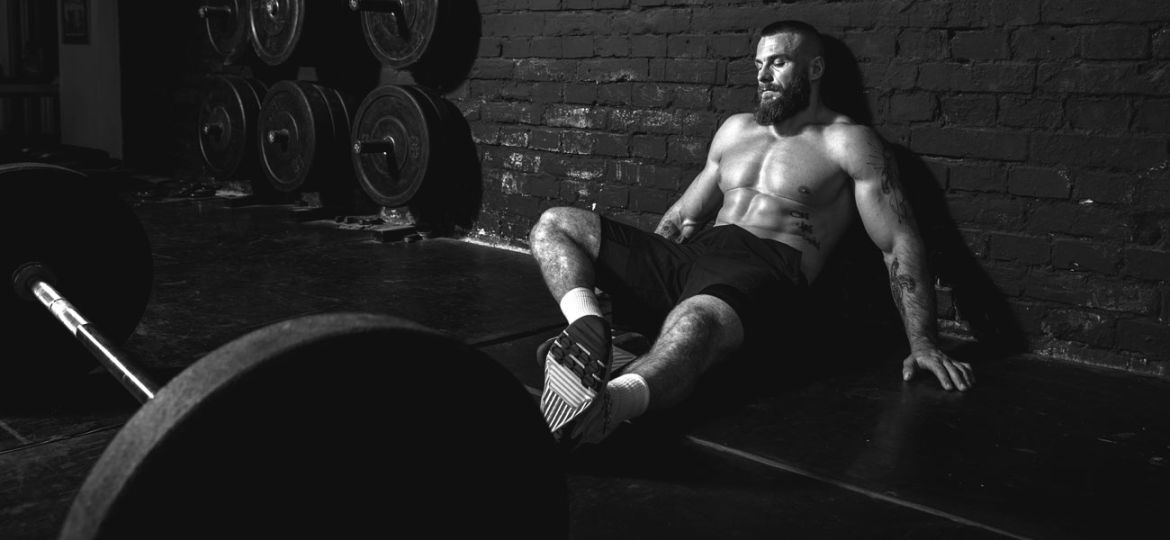
CrossFit: the Benefits & How to Eat for Ultimate Performance
CrossFit training is a trend that has been sweeping across the world in recent years, and its many fans love that it has multifaceted advantages, from helping to build muscle mass, to boosting endurance and improving your mental state.
What exactly is CrossFit?
Described as a “complete sport” because it combines a variety of exercises that train the body on all levels (weightlifting, cardio and gymnastics), CrossFit was first created in 2000 and has since become a community sport that mostly takes place at specially designed gyms, where cross-fitters work out independently or at the same time. It is essentially defined as High Intensity Interval Training (HIIT) and each session can last between 45 minutes and two hours, depending on one’s endurance levels. One of the most appealing aspects of this sport, apart from the benefits it offers, is that it can be practised by people of all ages and fitness levels, from complete sports amateurs to the super fit.
Sessions are made up of a mixed workout that changes constantly and includes exercises such as bench presses, box jumps, sit-ups, jump rope, chin-ups, rowing, kettlebell snatches, biking, running, burpees, squats, wall throws and hanging leg raises.
What Benefits Does CrossFit Offer?
Like any sport, when performed improperly, excessively or without correct attention to your personal limits and abilities, CrossFit can cause injuries, most commonly back pains, Achilles tendonitis, tennis elbow and knee injuries.
The good news is that otherwise it is thought to offer a wide array of benefits that include building strength (physical and mental), agility, balance and flexibility, building muscle mass, boosting aerobic fitness and burning calories or effectively managing your weight.
What is the Best Diet for CrossFit?
Athletes understand the immediate and vital connection between the exercise they do and the foods they eat. The Zone Diet, created by biochemist Barry Sears, has become a popular choice at least as a starting point, as it is designed to minimize inflammation and control blood sugar. This eating plan advocates the following dietary combination:
- That 40% of your diet is based on lean protein such as fish, skinless chicken, lean beef, yoghurt and non-fatty cheese.
- That 30% of your food is based on monounsaturated fats such as extra virgin olive oil and olives, avocados, seeds, nuts and nut butters and eggs.
- That 30% of your daily food is based on eating carbs such as colorful, starchy vegetables (such as sweet potatoes, beets, carrots, yams, pumpkin), and grains (quinoa, oats) and fruits with a low glycaemic index (GI) (prunes, bananas, sour cherries, berries).
Another popular diet among CrossFit fans is the Ketogenic Diet, which is the practice of dramatically reducing your consumption of carbohydrates in order to deprive the body of glucose so that the organism can break down fat in the liver, which produces ketone bodies.
Some CrossFit experts recommend the Paleo diet, which involves completely cutting out your consumption of grains, legumes and dairy products.
Some of the most well-known CrossFit nutritional “rules” include:
Essentially, the main rules are simply to eat a diet that is high in vitamins and minerals, which includes a rich array of vegetables, fruit, lean protein, whole carbs and high-quality fat.
As this type of workout becomes a regular part of your life, it’s important to plan your week’s menu ahead so that each day you’ll get a high quality, tasty and balanced variety of foods. For example, consider being well-stocked in suitable foods for each meal of the day..
- Avoid sugar at all costs
- Eat the rainbow: vegetables and fruit of every color will offer optimal energy, a healthy gut microbiome and plenty of energy to support high intensity training and boost endurance.
- Eat a variety of good-quality lean protein
- Listen to your body: Everyone is at a different stage and therefore has different dietary requirements. Be disciplined but don’t punish yourself; if you want to eat or drink something indulgent once in a while, it’s healthier to go for it with gusto than to deprive yourself.
- Hydrate, hydrate, hydrate, throughout the day and during your workouts. Water is the best option, but green or herbal teas tea are also good options. Vitamin-rich smoothies or cold-pressed juices can top up your water intake.
Are you more prone to inflammation or injury? Find out exactly what your biomarkers reveal about your micronutrient status and prevent yourself from facing problems in recovery. Click here to order your blood test kit and enjoy a quick, easy and painless solution. Our simple yet innovative test will help us conduct a thorough assessment of your current micronutrient status and advise you on the best dietary and other practises for you to follow, based on the most up-to-date scientific research. Once you send your test kit to one of our labs our experts will immediately provide you with the best possible, completely personalized advice for your optimum performance!

